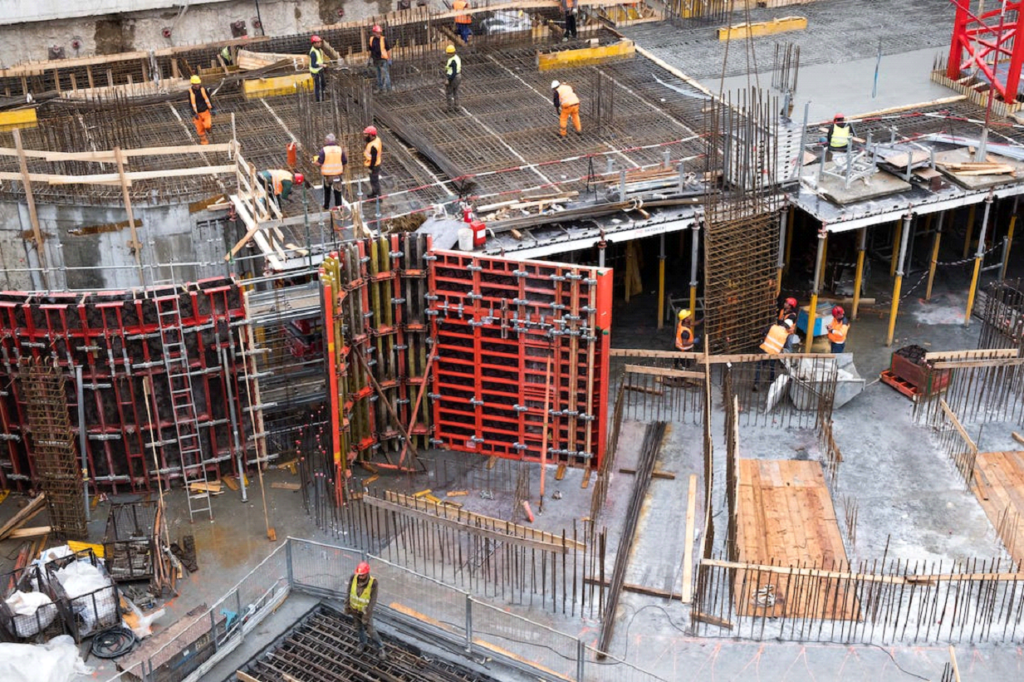Building Information Modeling is a game-changing technology for the construction company, and the MEP landscape is no exception. The Mechanical, Electrical, and Plumbing trade incorporates innovative BIM tech to conceptualize, design, and construct efficient systems.
With this technology, businesses can create advanced virtual reality versions of buildings and components before construction. Wondering how this benefits the MEP industry? In today’s blog, we’ll delve into the transformative benefits of BIM and its implications for MEP systems:
An Overview of MEP BIM Modeling
Architecture, engineering, and construction have progressed significantly, transforming traditional methods into tech-driven ones. Incorporating BIM services allows businesses to create data-rich, comprehensive, and optimized digital representations of architectural elements, HVAC systems, and plumbing and electrical functionalities.
Thus, with MEP BIM, stakeholders and project teams can go beyond conventional 2D drawings, promoting enhanced project coordination and streamlined workflows.
What are the Benefits of BIM Technology in MEP?
MEP BIM is a transformative technology that redefines the construction and engineering industry. Let’s dig deeper into the advantages of MEP BIM:
Promotes Efficient Design and Coordination
Project teams that use MEP BIM can streamline collaboration and the construction process, allowing alterations before the construction phase and faster project delivery. In addition, the innovative technology enables project teams to optimize workflows and system designs.
As a result, BIM technology in the MEP landscape helps reduce the risk of reworks and ensures a seamless project timeline.
Encourages Early Clash Detection and Resolution
With BIM modeling, project teams, stakeholders, and owners can detect and resolve clashes in the design phase with immersive visualization. Consequently, businesses can save time and money by streamlining the construction phase.
Furthermore, BIM modeling allows MEP constructors and contractors to create accurate cost estimations, project schedules, and resource allocations. Thus, companies can enjoy smoother project execution and efficiency.
Helps Enhance Collaboration
Another fantastic benefit of BIM modeling in the mechanical, electrical, and plumbing industry is improved communication between project teams. That way, architects, engineers, contractors, and owners can work seamlessly in a digital environment.
As a result, businesses can avoid costly errors, fix errors, and enjoy a better return on investments!
The Bottom Line
The future of BIM in the mechanical, plumbing, and electrical industries is promising. With this tool, construction teams and stakeholders can boost building design, construction, and implementation.
Thus, as MEP BIM technology evolves, it will become an indispensable tool for businesses seeking cost efficiency, optimized design, and sustainable project designs. So, if you’re ready to embrace these technological advancements, CMLC Consulting is a click away!

